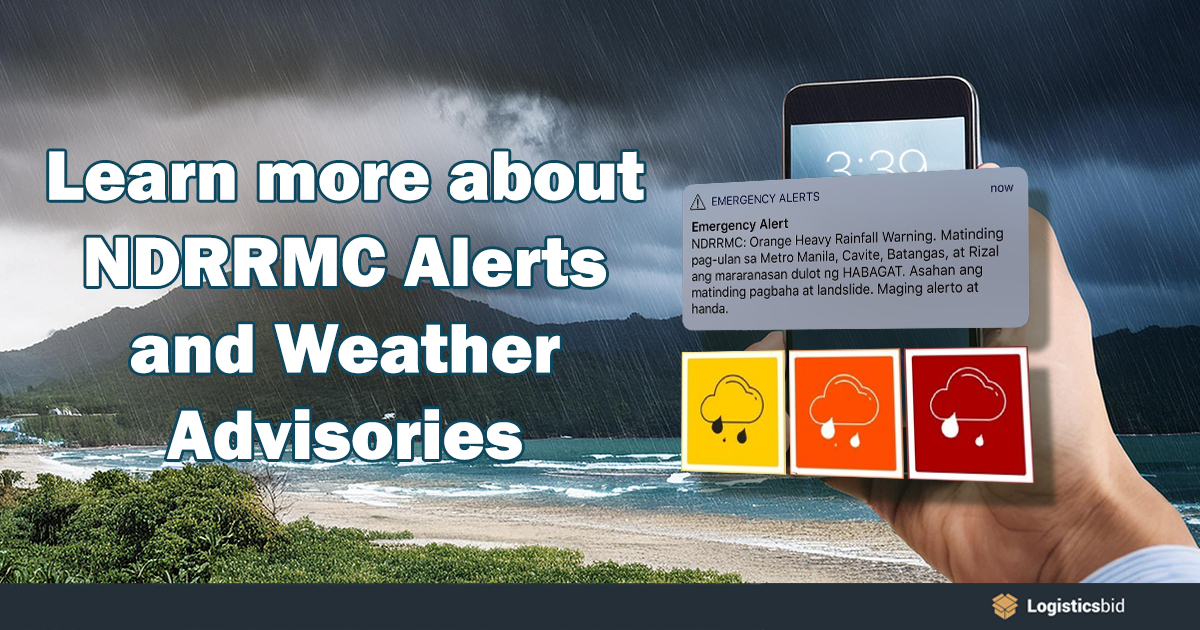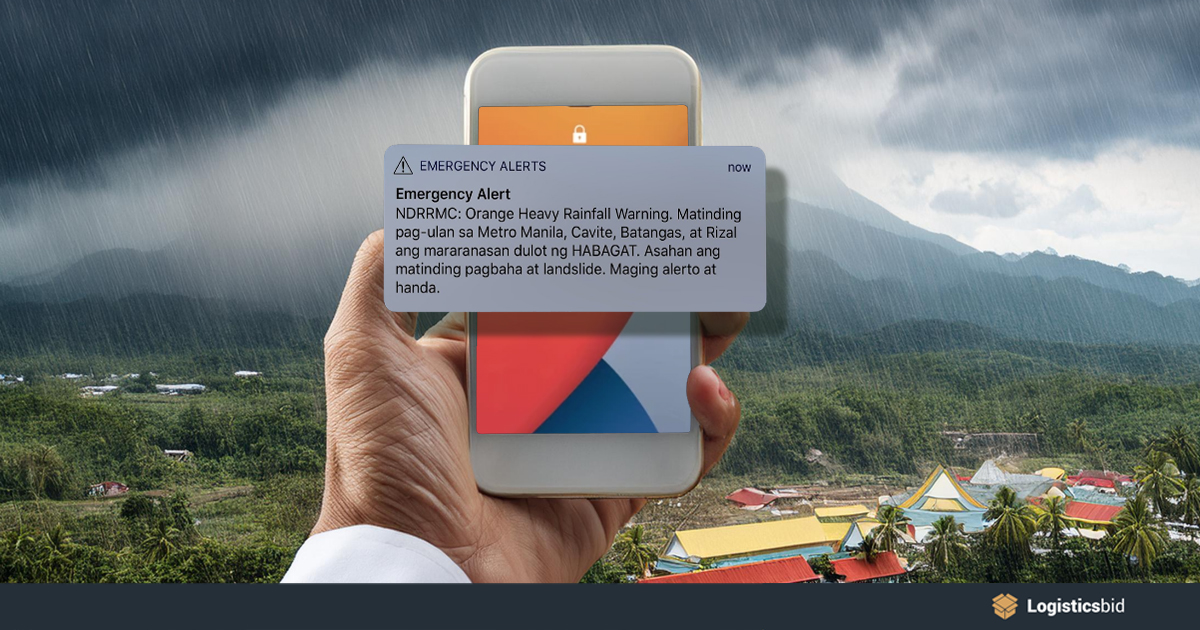
Have you been startled by a series of urgent text alerts on your phone recently? That loud alarm sound is the work of the National Disaster Risk Reduction and Management Council (NDRRMC), the Philippines’ primary agency for disaster preparedness and response.
Whenever a natural calamity such as a typhoon, earthquake, or volcanic eruption is imminent, the NDRRMC swings into action, dispatching crucial updates to all mobile phone users across the nation.
Despite the mixed reactions on social media—ranging from appreciation to annoyance—these alerts serve a vital purpose. Here’s a closer look at why these alerts matter, how they work, and what you can do when you receive them.
Why are you receiving NDRRMC alerts?
The National Disaster Risk Reduction and Management Council (NDRRMC) plays a critical role in disseminating emergency NDRRMC alerts in the Philippines. These alerts serve as notifications to the public during natural disasters or emergencies, aiming to reduce risks and enhance safety in an archipelagic country vulnerable to various calamities.

Why are these alerts so loud and seemingly panic-inducing?
The intention is clear: to create urgency. The alerts are designed to ensure that everyone reads the message promptly and starts preparing immediately, whether that’s evacuating, securing property, or simply staying informed.
How does PAGASA’s Rainfall Warning System work?

The Philippine Atmospheric, Geophysical and Astronomical Services Administration (PAGASA) issues color-coded rainfall warnings or weather advisories that the NDRRMC forwards to the public:
Yellow Warning
- ASSOCIATED HAZARD: FLOODING in flood-prone areas.
- This means around heavy rainfall of 7.5 to 15 mm in an hour, which is seen to continue for the next two hours.
- Flood is possible in low-lying areas and near rivers.
- Residents are advised to monitor the news for further updates.
Orange Warning
- ASSOCIATED HAZARD: FLOODING is still THREATENING
- Areas under the orange warning see intense rainfall of 15 to 30 mm in an hour, which is expected to continue for the next two hours.
- At this point, there is a threat of flood in low-lying areas and near rivers.
- The public must remain alert and prepare for eventual evacuation.
Red Warning
- ASSOCIATED HAZARD: Serious FLOODING in flood-prone areas
- This is the highest warning and areas under this warning are seeing 30 mm or more rainfall in an hour, which is expected to continue in the next two hours.
- If an areas is under a Red Rainfall Warning, residents are warned of a possible “serious flooding,” particularly in low-lying areas.
- Residents in areas that have low elevation, such as coastal towns and cities are advised to evacuate immediately.
These advisories are essential, especially during the rainy season, helping communities gauge the severity of the situation and act accordingly.
Why is it important to heed NDRRMC alerts?
The necessity of these alerts was underscored by past disasters, like Tropical Storm Ondoy in 2009, where the lack of timely warnings led to significant casualties and damage. These alerts, though sometimes jarring, are crucial for saving lives and reducing the impact of natural disasters.
Dismissing these alerts could mean ignoring the chance to protect yourself and your family from imminent danger. Remember, being forewarned is being forearmed.
Stay Safe: Always keep your mobile phone charged and with you, especially during the rainy season, and pay close attention to these alerts. They could make all the difference.
By understanding and respecting the intent behind NDRRMC alerts, we can better prepare for and respond to natural disasters, ensuring the safety and security of our communities.
What are weather advisories and why are they important?
Weather advisories are crucial communications issued by meteorological agencies to inform the public and relevant authorities about current and expected weather conditions that may pose risks to safety and property. These advisories are grounded in the analysis of atmospheric, oceanic, and land surface conditions, relying on reliable observations from various platforms including satellites, radar, and weather stations.
What is the purpose of knowing weather advisories?
The primary purpose of weather advisories is to provide timely information that allows individuals, government officials, and businesses to make informed decisions in response to potential weather hazards. There are also offices and emergency hotline numbers that we can reach out to when we need assistance and rescue.
For example, government officials utilize hurricane forecasts to guide evacuation efforts and public safety measures, while farmers may adjust their agricultural practices based on climate forecasts. The communication of forecast confidence and uncertainty is essential, as users often consider a range of possible scenarios when evaluating risks to life and property.
SEE ALSO:
